Experienced TCLP Analysis You Can Trust
The safe handling, transportation, and disposal of potentially hazardous waste requires an in-depth understanding of its chemical components. Toxicity Characteristic Leaching Procedure (TCLP) can provide that data, but it is a complex process. The Pace® TCLP Center of Excellence is staffed with professionals with deep experience gained from years of working with landfills and waste management organizations. The TCLP Center of Excellence can manage even the most challenging characterization projects with efficiency and accuracy. For our customers, this translates to:
- Unmatched capacity
- Operational excellence
- Support for difficult sub-sampling of stratified waste
- Ability to assess challenging multi-phasic material
- Specialized knowledge to manage complex non-aqueous waste samples
- Solidification expertise
- Customer time and cost savings
- Consistent, high-quality data and an end-to-end customer experience
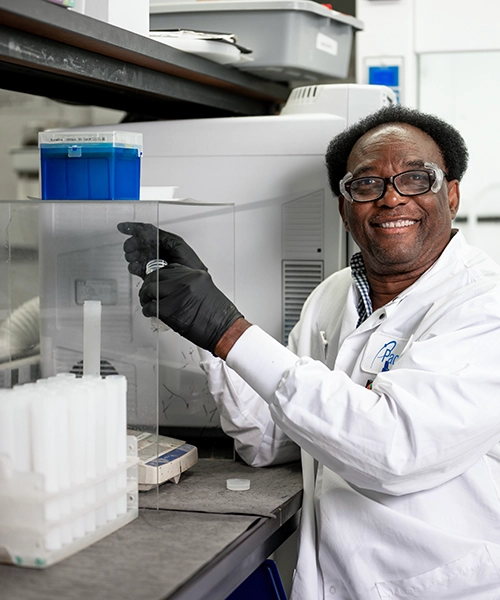
What Is TCLP?
Toxicity Characteristic Leaching Procedure, also known as TCLP testing, helps ensure environmental safety when handling, transporting, or disposing of potentially hazardous materials. TCLP is a chemical analysis process used to analyze the presence of hazardous compounds in waste. The U.S. Environmental Protection Agency (EPA) has identified 40 toxic chemicals that may harm the environment when products containing them are disposed of in landfills.
TCLP testing simulates acidic leaching through a landfill. The resultant leachate is then characterized to quantify the extent of the danger. This information is often used to determine the appropriate method for waste disposal. Specifically, TCLP testing identifies:
- The mobility of specific organic and inorganic contaminants in waste materials
- Hazardous and nonhazardous wastes for disposal in appropriate landfills
- The amount of EPA-listed contaminants present
- The likelihood these contaminants may be absorbed into soil and groundwater
How Does Leaching Occur?
Leaching occurs when liquids are filtered through waste deposits in a landfill. When the liquid meets the buried wastes, it can draw out chemicals of concern. The contaminated liquid is referred to as leachate.
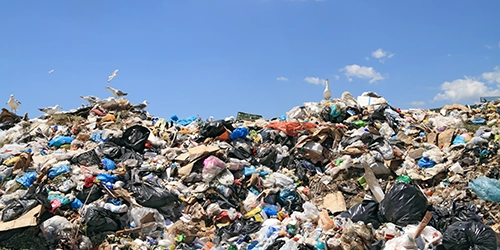
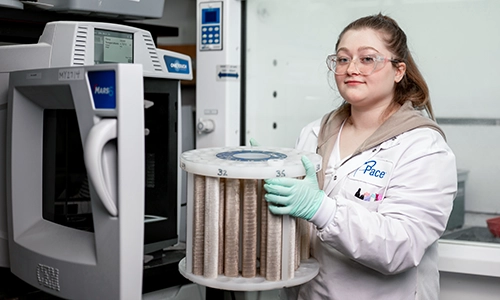
How Are Samples Prepared For TCLP Testing?
Prior to starting the TCLP method, the laboratory must classify the waste sample received as liquid or solid by determining the percent of solids. If the sample is greater than 0.5% solids, the sample is characterized as solid waste. A sample with less than 0.5% solids is characterized as liquid waste. Samples characterized as liquid waste become the sample extract and are prepped for analytical testing as required by RCRA (Resource Recovery and Conservation Act.)
What Is The Synthetic Precipitation Leaching Procedure (SPLP) Method?
The Synthetic Precipitation Leaching Procedure (SPLP) extraction process is similar to TCLP, but its project applicability differs. SPLP is generally used for soil samples to determine how easily contaminants present in soil will leach into groundwater. SPLP is often requested for projects where environmental engineers want to evaluate the risk of groundwater contamination from the land application of waste materials. In contrast, TCLP is used for waste characterization prior to disposal at a landfill and can be performed on liquid, solid, or multi-phasic samples.
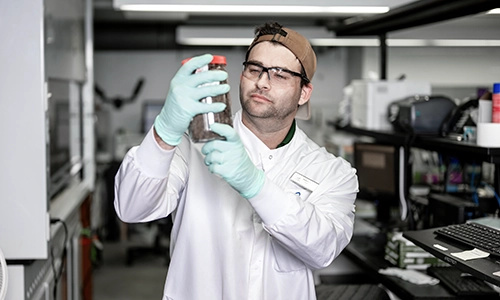
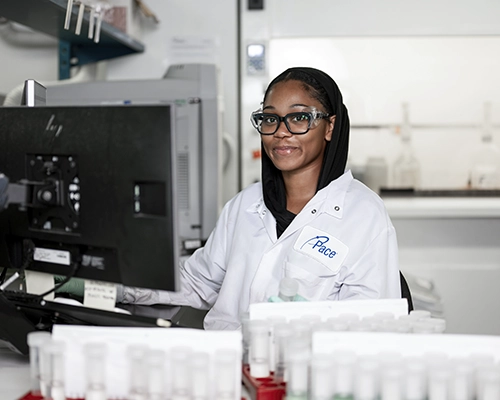
What TCLP Extraction Methods Does Pace® Support?
Pace® offers the following extraction methods to support a large list of analyte methods.
- TCLP SW-846 Test Method 1311 is a leaching procedure designed to replicate the leaching of contaminants in municipal landfills due to typical municipal landfill leachates.
- TCLP SW-846 Test Method 1312 SPLP analysis is designed to mimic the leaching of contaminants exposed to normal weathering in situ by acid rain.
- ASTM D3987 by Shake Extraction of Solid Waste with Water provides a procedure for leaching solid waste to obtain an aqueous solution.
Who We Serve
Pace® provides TCLP testing for various industries and business concerns. Here are some common types of clients we help.
Environmental Consultants And Engineers
Consultants often manage the disposal and cleanup of industry-generated waste. They also support landfills and waste handlers.
Landfills/Waste Handlers
Industry
Many industries generate waste that must be characterized before disposal. RCRA requires that industrial waste be characterized following testing protocols published by the EPA.
Municipalities
Many local governments have at least some responsibilities for waste management. Municipalities may own solid waste facilities, such as transfer stations, recycling centers, combustors, and landfills.
Pace® TCLP Center Of Excellence
Additional Resources
Need to find a lab that can handle your unique requirements?
Contact us directly or download our list of environmental certifications across our network.